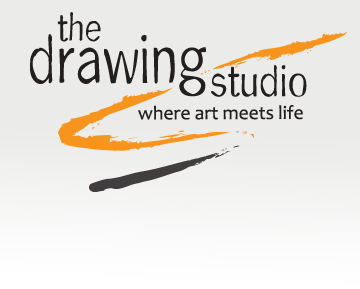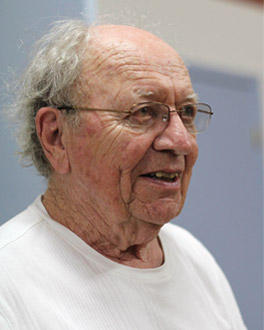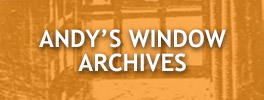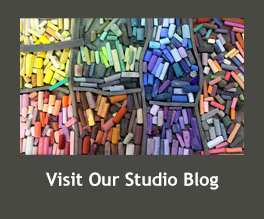“My drawings don’t start with a ‘beautiful mark’,” writes Kentridge: “It has to be a mark of something out there in the world. It doesn’t have to be an accurate drawing, but it has to stand for an observation, not something that is abstract, like an emotion.”
When I literally ‘stumbled’ into the great MOMA exhibition of William Kentridge in 2010, I had only known him as some guy from South Africa who drew a lot. But by the time I had spent several hours looking at his charcoal drawings (some made into documentary films), I knew I had newly discovered an artist who had a lot to teach me.
Given I am in my eighties, Kentridge was truly unexpected gift. He introduced me to an expanded ‘way’ of being with drawing that uses ordinary studio skills as a direct path for visual communication into the modern ‘media’ world. At the same time his casual way of working validated something about my own trust of personal mark-making that has added another dimension to how I think about drawing.
Kentridge is rooted in printmaking as a path for personal communication. He cannot be understood easily because he does not produce a single object so much as he creates a kind of space. He works in several directions at once, mixing ordinary charcoal drawing with shadows and silhouettes, making moving drawings with casual torn paper explorations, and using simple video photography that can be done in any studio with a stop-action camera. Because his media are simple drawing processes that are easily accessible to anyone with a love of mark-making, Kentridge shows us what’s under one’s nose that can open new possibilities for any artist who loves to draw.
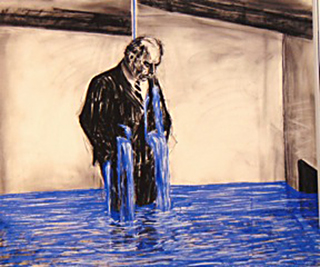
Essentially Kentridge makes his drawings move, as he adds, erases, combines media, taking stop-action photos along the way. He integrates different pieces into a single work using a collage-like process. In this manner he replaces the formality of a ‘finished’ piece, substituting a moving collage, a kind of narrative-in-time that becomes a ‘drawing documentary’, but one which never loses the personal marks of brush, charcoal, collage or light on paper.
In one of the studies shown here, the figure, representing South African middle class numbness to apartheid all around, doesn’t notice as the blue ‘water’ rises up to destroy him. This piece then becomes one part of a larger drawn narrative.
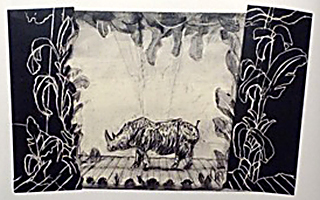
The other theatre-like study features a rhinoceros that dances to a Mozart aria. It is totally produced by single shots using torn paper collage in which the animal has been made to move by simply shifting pieces around, and later adding the stage and curtains.
I find myself enchanted and thinking about his collage ‘movies’ days after I see them.
Two Books on his work are:
William Kentridge: Five Themes
Edited by Mark Rosenthal
The San Francisco Museum of Modern Art 2009
William Kentridge as Printmaker
A Universal Archive
Hayward Publishing/The Arts Council of England 2012
